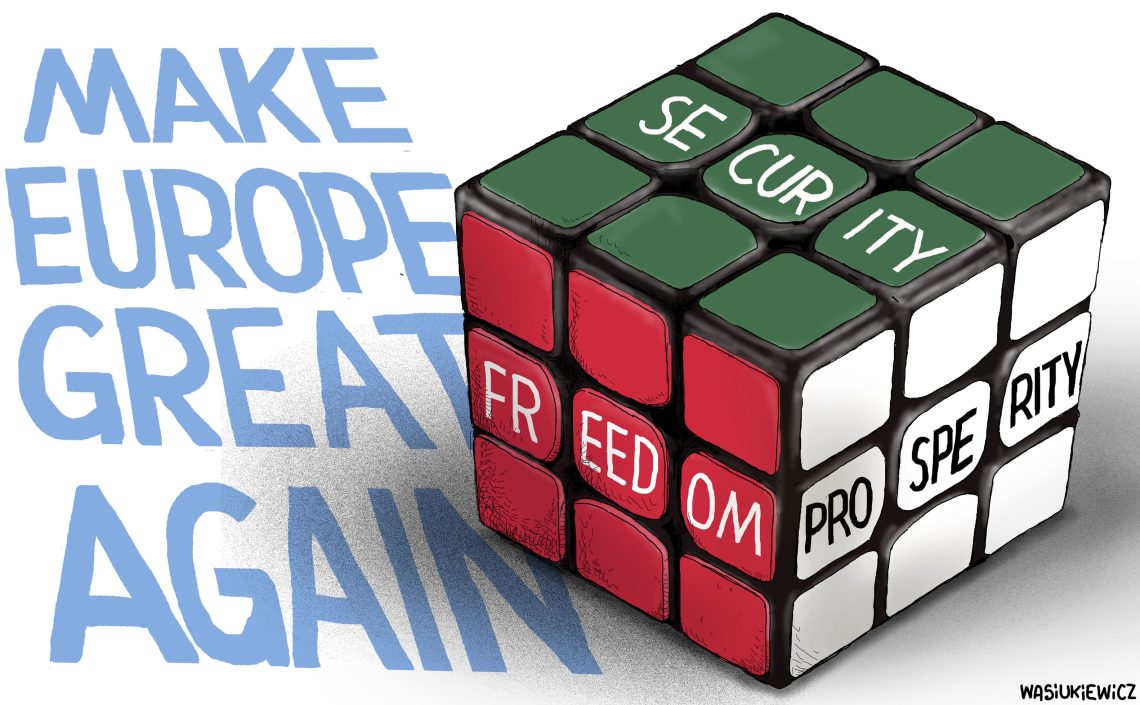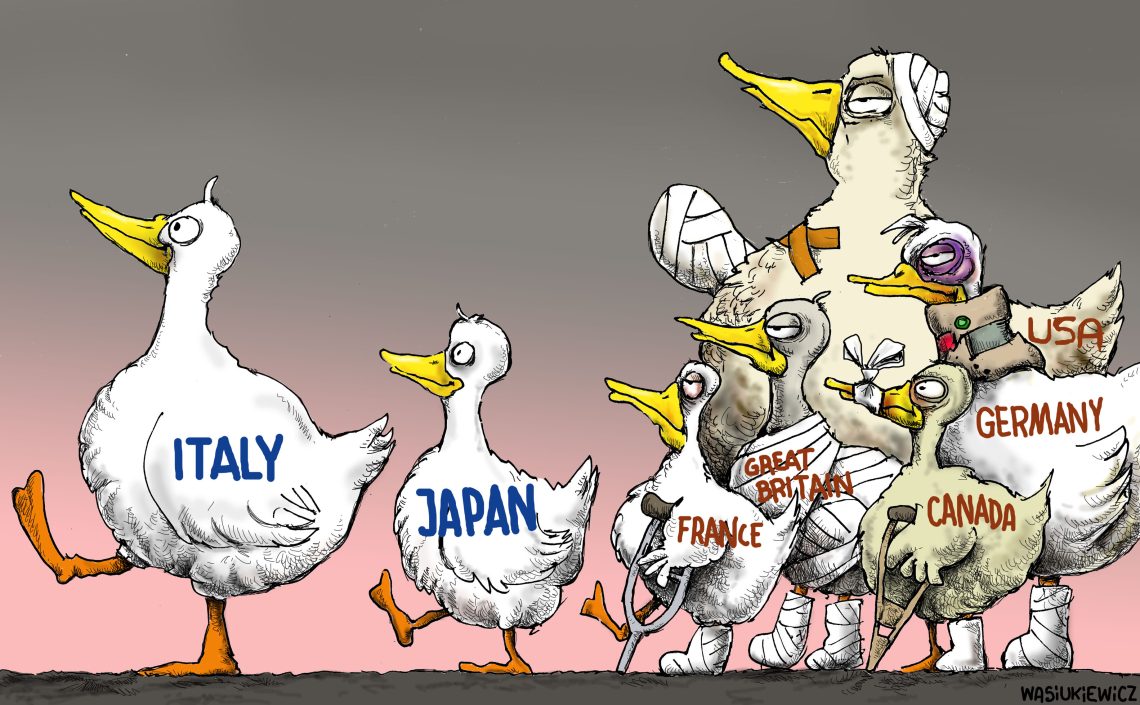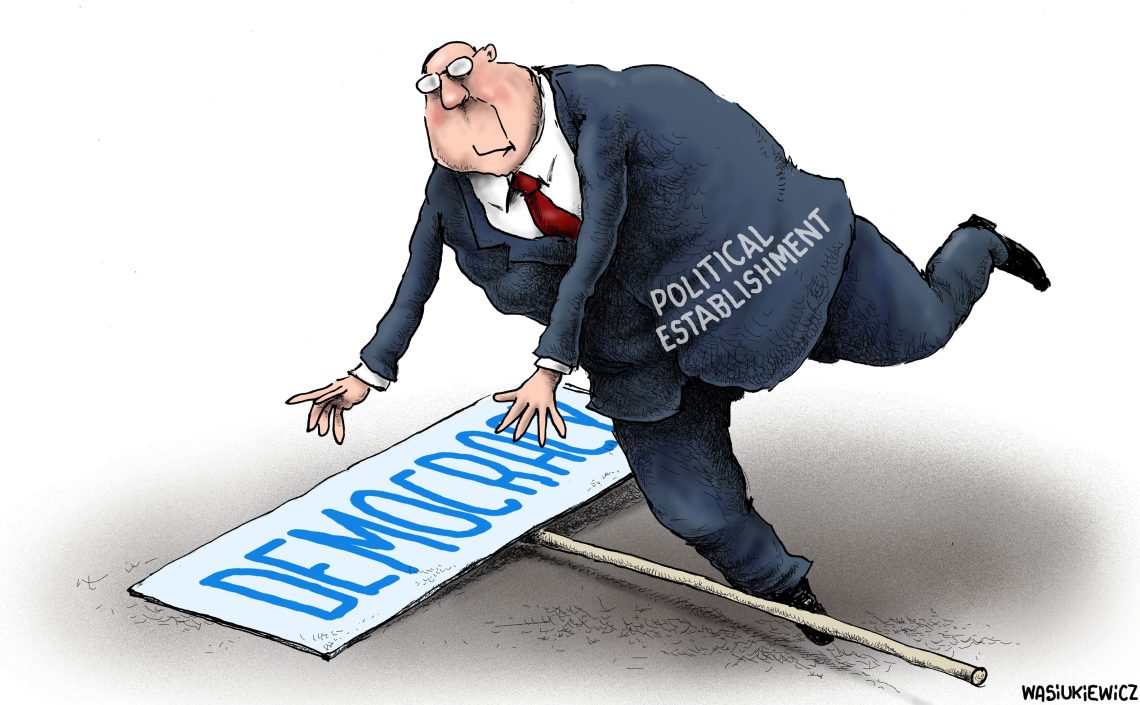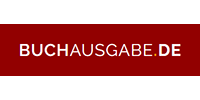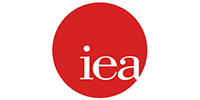The changing balance in the Indian Ocean
The old “Great Game,’’ dating back to the 19th century struggle over Central Asia and Russian access to the Indian Ocean, is experiencing a renaissance. Then, the Russian Empire started to gain control in Central Asia from the north and the west, while the British Empire approached from the south, through the Indian subcontinent.
The British Empire saw a Russian threat to its hold over India and a challenge to its dominance in the Indian Ocean. This conflict contributed strongly to the outbreak of World War I (although it was not the sole reason) as British foreign policy was not opposed to the idea of a war between Russia and Germany. London’s hope was to neutralize Russia in Central Asia and weaken Germany’s ability to contest British dominance of the seas. It was also in the British interest that Persia, now Iran, stayed neutral.
An interesting development happened during World War II, when the British Empire was jealously blocking the Soviet Union from any access to the Indian Ocean. The United States needed then-neutral Iran for transporting war materiel to the Soviet Union to strengthen Moscow’s position against Nazi Germany. So, the Soviet Union occupied northern Iran while Britain occupied the southern portion. The Shah (Reza Pahlavi), who wanted to remain neutral in the war, had to leave the country in 1941 and died in exile three years later at the age of 66. His son, Mohammad Reza Pahlavi, took over in exile. The country became a conduit for American and British supplies to the Soviet Union through the Persian Corridor.
In 1946, Iran regained its sovereignty, and after some turmoil, Mohammad Reza Shah Pahlavi resumed his rule.
Iran became very prosperous and was one of the world’s largest oil exporters. Iran developed into a regional power and became an effective and loyal ally of the West against the Soviet Union. Tehran modernized its society and economy. The progress displeased the powerful Shia clergy. The Shah’s regime was also challenged as being authoritarian, the degree to which is subject to subjective assessments. With strong backing from the Soviets, unrest broke out in the late 1970s.
Russian access to the Persian Gulf and the Indian Ocean, China’s developing influence in the Middle East and the “unholy” axis of Moscow, Tehran and Beijing are challenging existing spheres of interest.
U.S. President Jimmy Carter pressured the Shah to leave Iran as the oppressive Islamic dictatorship that still rules today took over under the leadership of Ayatollah Ruhollah Khomeini in 1979. The Shah died in exile in 1980 at age 60. Iran’s foreign policy now includes sponsoring terrorism abroad, achieving an Islamic theocratic leadership in the entire Middle East and annihilating Israel. The regime brutally controls the population and subjugates women. In the beginning, this regime did not only declare the U.S. and the West as devils, but they had also problems as a theocratic regime with the atheistic principles of the Soviet Union.
This has changed now. Russia and Iran have become as friendly as their mutual interests in foreign and security policy allow. As Pakistan has become a main transit corridor for China, delivering access to the Indian Ocean through the southern port city of Gwadar, the same possibility is open now for Russia through Iranian ports leading to the Indian Ocean. Russia finances the construction of railways and the improvement of Iranian ports to achieve these ends. The railways stretch from the Caspian Sea area to the Indian Ocean. A cornerstone of the British Empire and later U.S. policy was to block Soviet/Russian access to the Indian Ocean. Russian President Vladimir Putin and Tehran’s clerics might have now achieved what the tsars and the Soviets failed to do.
But Tehran is also seeking help from Beijing, a strictly atheist regime that is oppressing its Islamic population. In recent days, President Xi Jinping’s foreign policy helped work out the reinstatement of diplomatic relations between Saudi Arabia and Iran, two declared foes. This was preceded by the Chinese leader’s visit to Riyadh a few months ago. China is now starting to extend its influence not only in the Indian Ocean but also in the Middle East. Before, Beijing had avoided direct activities in Arab countries.
Besides the strategic issue, there is another very interesting aspect. India is a very important trading partner for Russia. India has not joined the economic sanctions against Moscow and is one of the Russian defense industry’s main customers. At present, there is a problem with transportation. The maritime route from India to Russia goes through the Red Sea, the Suez Canal, the Mediterranean Sea, the English Channel and the Skagerrak Strait to ports in the Baltic Sea. This is very long and strategically fragile since the supply lines could be blocked by powers, especially the U.S. and Europeans.
Consequently, Russia is not only financing the existing trans-Iranian north-south railroad and improving the short crossing through Azerbaijan. Additionally, a new rail link will also be created from Iran’s Indian Ocean coast to Turkmenistan and onto Russia on the eastern side of the Caspian Sea.
Russian access to the Persian Gulf and the Indian Ocean, China’s developing influence in the Middle East and the “unholy” axis of Moscow, Tehran and Beijing are additional factors challenging existing spheres of interest.

